SOCIAL
Meta Announces New Ad Options for Facebook Reels Which Could Facilitate Creator Revenue Share
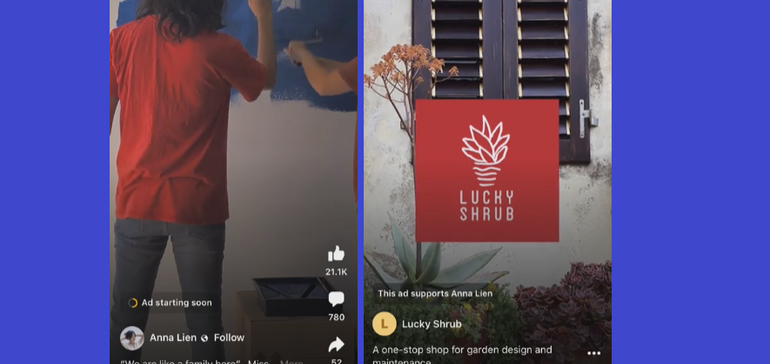
Meta sees Reels as ‘the future of video’ on its platforms, with engagement with short-form content being one of the only positive growth trends across its apps at present.
Whether that’s due to more people looking to watch Reels, or Meta pumping more of them into feeds, is another question – but clearly, Meta’s keen to double-down on Reels content, which also means that it needs to offer Reels creators greater revenue share, in order to keep them posting.
On this, Meta has today outlined some new Reels ad options, which will provide more capacity for brands to tap into the format, while also, ideally, providing a pathway to revenue share for top creators.
The first new option in testing is ‘post-loop ads’ which are 4-10- second, skippable video ads that will play after a Reel has ended.
As you can see in this example, some Facebook Reels will now show an ‘Ad starting soon’ indicator as you reach the end of a Reel, which will then move into a post-loop ad. When the ad finishes playing, the original Reel will resume and loop again.
As noted, it could be a way to more directly monetize Reels content, though the interruption likely won’t be welcome for viewers, and it’ll be interesting to see what the actual view rates are on such ads. It’ll also be interesting to see if Meta looks to attribute those ad views to the original Reel, and how that could relate to revenue share for Reels creators.
The option is only in early testing, so there’s not a lot to go on at this stage.
Meta’s also testing new image carousel ads in Facebook Reels – horizontally-scrollable ads which can include up to 10 images that are displayed at the bottom of Facebook Reels content.

These promotions will be directly linked back to individual Reel performance, and could provide another monetization option for creators, while also enabling brands to tap into popular clips. TikTok offers a similar ad option in its tools.
On another front, Meta’s also giving brands access to more music options for their Reels, with new, ‘high-quality’ songs added to its Sound Collection that can be added to Carousel Ads on Reels.

Note that these aren’t commercial tracks – you won’t be able to add the latest Lady Gaga song to your ad. But there are some good instrumental tracks to add atmosphere and presence to your promotions.
“Businesses can select a song from our library or allow the app to automatically choose the best music for an ad based on its content.”
I’d probably advise against letting the app automatically choose the best music, but maybe, based on its suggestions, you might be able to find the right soundtrack for your promotions.
Short-form video monetization is the next big battleground, with YouTube recently outlining its new Shorts monetization process, and TikTok still developing its live-stream commerce tools, as a means to facilitate better revenue share. Inserting ads into such brief clips is challenging, especially in a user-friendly way. But the platform that can get it right stands to win out, by providing direct creator monetization, based on content performance, which will likely, eventually see the top creators gravitate towards those platforms as they seek to maximize their opportunities.
Meta’s new options don’t seem to be a match for YouTube’s new Shorts program, which will allocate a share of total ad revenue to Shorts creators based on relative view counts. But it’s still early days, and no one has the answers yet.
As such, you can expect each platform to keep trying new things, as they work to beat out the competition.
SOCIAL
Snapchat Explores New Messaging Retention Feature: A Game-Changer or Risky Move?
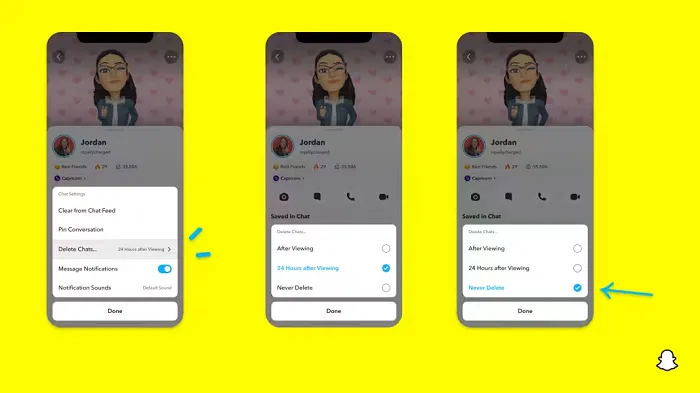
In a recent announcement, Snapchat revealed a groundbreaking update that challenges its traditional design ethos. The platform is experimenting with an option that allows users to defy the 24-hour auto-delete rule, a feature synonymous with Snapchat’s ephemeral messaging model.
The proposed change aims to introduce a “Never delete” option in messaging retention settings, aligning Snapchat more closely with conventional messaging apps. While this move may blur Snapchat’s distinctive selling point, Snap appears convinced of its necessity.
According to Snap, the decision stems from user feedback and a commitment to innovation based on user needs. The company aims to provide greater flexibility and control over conversations, catering to the preferences of its community.
Currently undergoing trials in select markets, the new feature empowers users to adjust retention settings on a conversation-by-conversation basis. Flexibility remains paramount, with participants able to modify settings within chats and receive in-chat notifications to ensure transparency.
Snapchat underscores that the default auto-delete feature will persist, reinforcing its design philosophy centered on ephemerality. However, with the app gaining traction as a primary messaging platform, the option offers users a means to preserve longer chat histories.
The update marks a pivotal moment for Snapchat, renowned for its disappearing message premise, especially popular among younger demographics. Retaining this focus has been pivotal to Snapchat’s identity, but the shift suggests a broader strategy aimed at diversifying its user base.
This strategy may appeal particularly to older demographics, potentially extending Snapchat’s relevance as users age. By emulating features of conventional messaging platforms, Snapchat seeks to enhance its appeal and broaden its reach.
Yet, the introduction of message retention poses questions about Snapchat’s uniqueness. While addressing user demands, the risk of diluting Snapchat’s distinctiveness looms large.
As Snapchat ventures into uncharted territory, the outcome of this experiment remains uncertain. Will message retention propel Snapchat to new heights, or will it compromise the platform’s uniqueness?
Only time will tell.
SOCIAL
Catering to specific audience boosts your business, says accountant turned coach
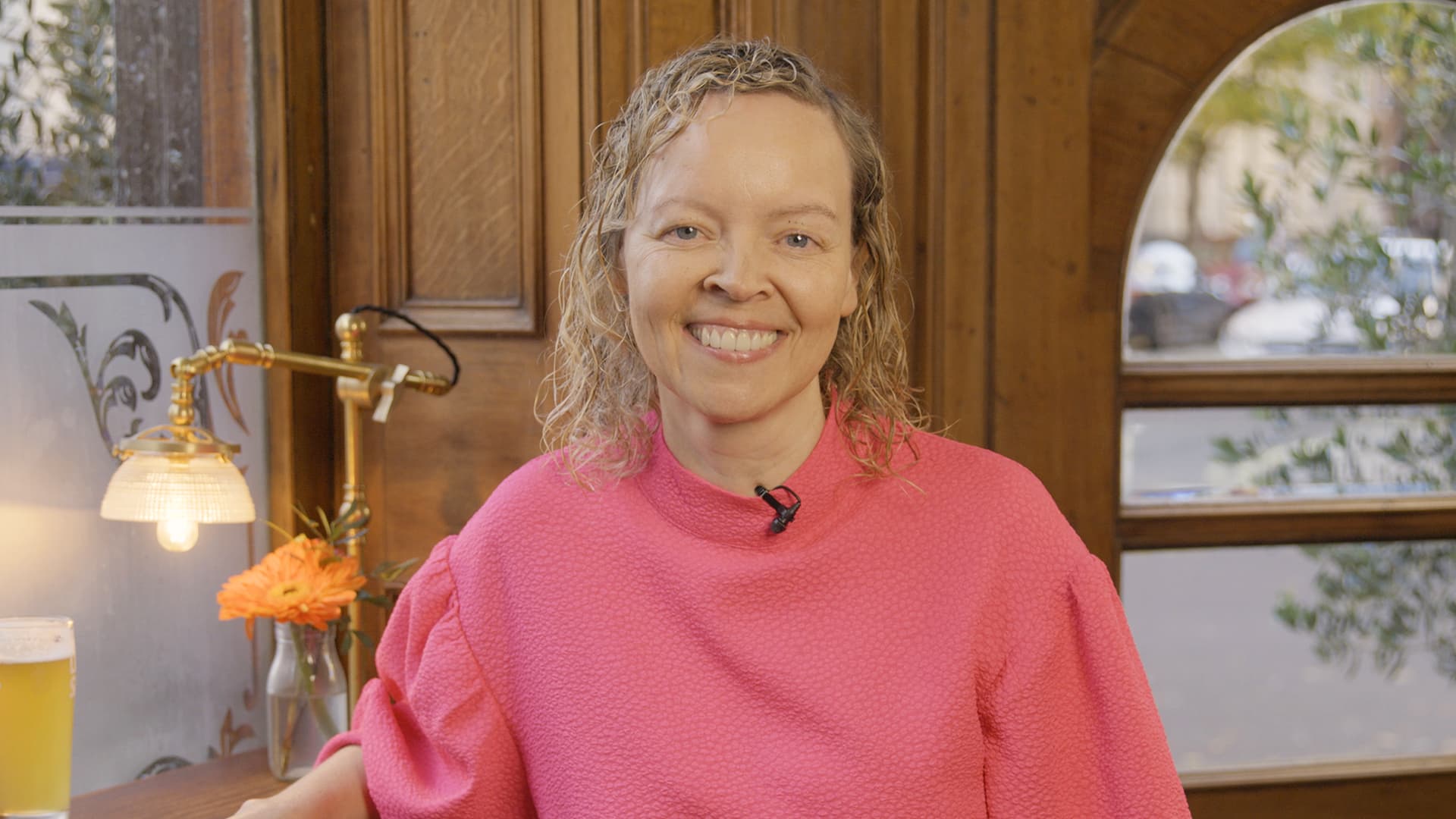
While it is tempting to try to appeal to a broad audience, the founder of alcohol-free coaching service Just the Tonic, Sandra Parker, believes the best thing you can do for your business is focus on your niche. Here’s how she did just that.
When running a business, reaching out to as many clients as possible can be tempting. But it also risks making your marketing “too generic,” warns Sandra Parker, the founder of Just The Tonic Coaching.
“From the very start of my business, I knew exactly who I could help and who I couldn’t,” Parker told My Biggest Lessons.
Parker struggled with alcohol dependence as a young professional. Today, her business targets high-achieving individuals who face challenges similar to those she had early in her career.
“I understand their frustrations, I understand their fears, and I understand their coping mechanisms and the stories they’re telling themselves,” Parker said. “Because of that, I’m able to market very effectively, to speak in a language that they understand, and am able to reach them.”Â
“I believe that it’s really important that you know exactly who your customer or your client is, and you target them, and you resist the temptation to make your marketing too generic to try and reach everyone,” she explained.
“If you speak specifically to your target clients, you will reach them, and I believe that’s the way that you’re going to be more successful.
Watch the video for more of Sandra Parker’s biggest lessons.
SOCIAL
Instagram Tests Live-Stream Games to Enhance Engagement
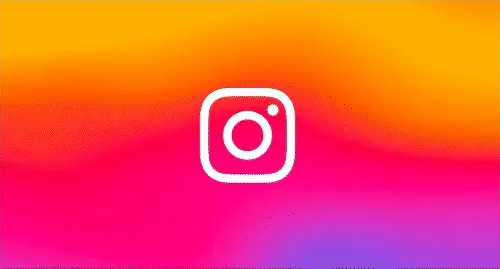
Instagram’s testing out some new options to help spice up your live-streams in the app, with some live broadcasters now able to select a game that they can play with viewers in-stream.
As you can see in these example screens, posted by Ahmed Ghanem, some creators now have the option to play either “This or That”, a question and answer prompt that you can share with your viewers, or “Trivia”, to generate more engagement within your IG live-streams.
That could be a simple way to spark more conversation and interaction, which could then lead into further engagement opportunities from your live audience.
Meta’s been exploring more ways to make live-streaming a bigger consideration for IG creators, with a view to live-streams potentially catching on with more users.
That includes the gradual expansion of its “Stars” live-stream donation program, giving more creators in more regions a means to accept donations from live-stream viewers, while back in December, Instagram also added some new options to make it easier to go live using third-party tools via desktop PCs.
Live streaming has been a major shift in China, where shopping live-streams, in particular, have led to massive opportunities for streaming platforms. They haven’t caught on in the same way in Western regions, but as TikTok and YouTube look to push live-stream adoption, there is still a chance that they will become a much bigger element in future.
Which is why IG is also trying to stay in touch, and add more ways for its creators to engage via streams. Live-stream games is another element within this, which could make this a better community-building, and potentially sales-driving option.
We’ve asked Instagram for more information on this test, and we’ll update this post if/when we hear back.
-
SEARCHENGINES7 days ago
Daily Search Forum Recap: April 29, 2024
-
SEARCHENGINES6 days ago
Daily Search Forum Recap: April 30, 2024
-
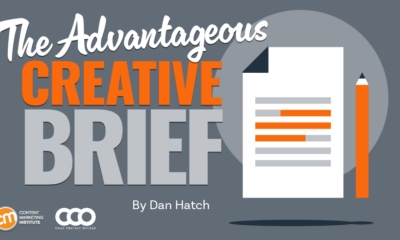
 MARKETING6 days ago
MARKETING6 days agoHow To Develop a Great Creative Brief and Get On-Target Content
-

 SEO7 days ago
SEO7 days agoGoogle’s John Mueller On Website Recovery After Core Updates
-
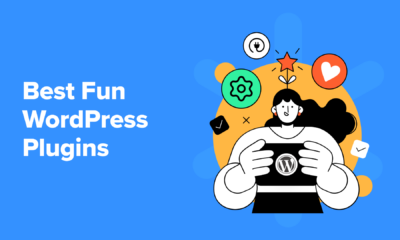
 WORDPRESS6 days ago
WORDPRESS6 days ago13 Best Fun WordPress Plugins You’re Missing Out On
-
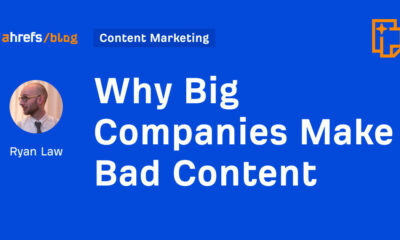
 SEO5 days ago
SEO5 days agoWhy Big Companies Make Bad Content
-
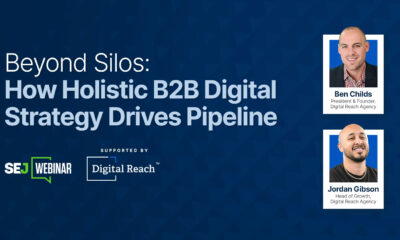
 SEO5 days ago
SEO5 days agoHow To Drive Pipeline With A Silo-Free Strategy
-

 SEO6 days ago
SEO6 days agoOpenAI To Show Content & Links In Response To Queries






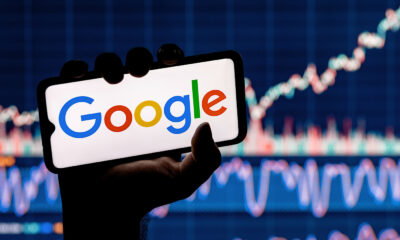









You must be logged in to post a comment Login